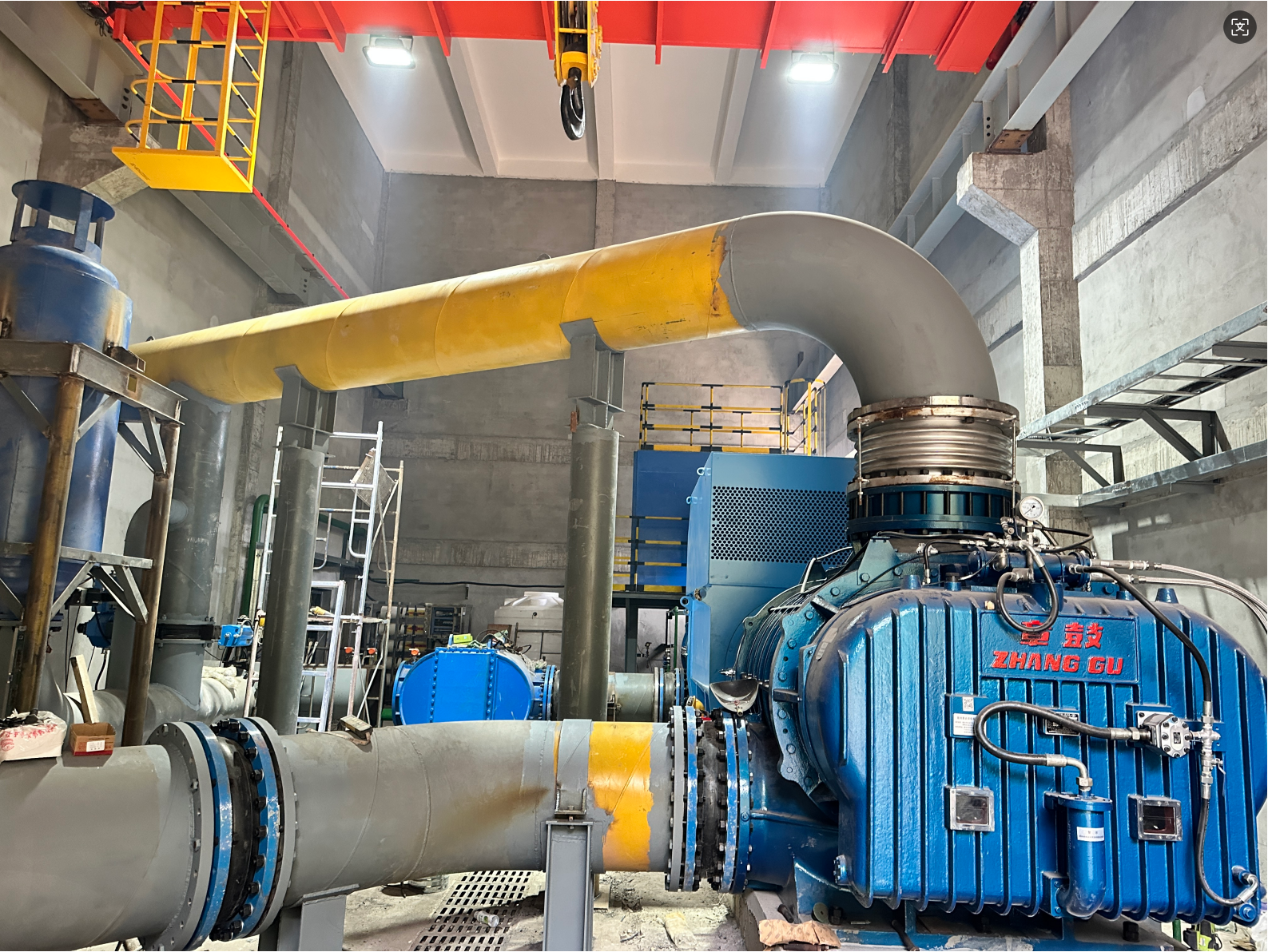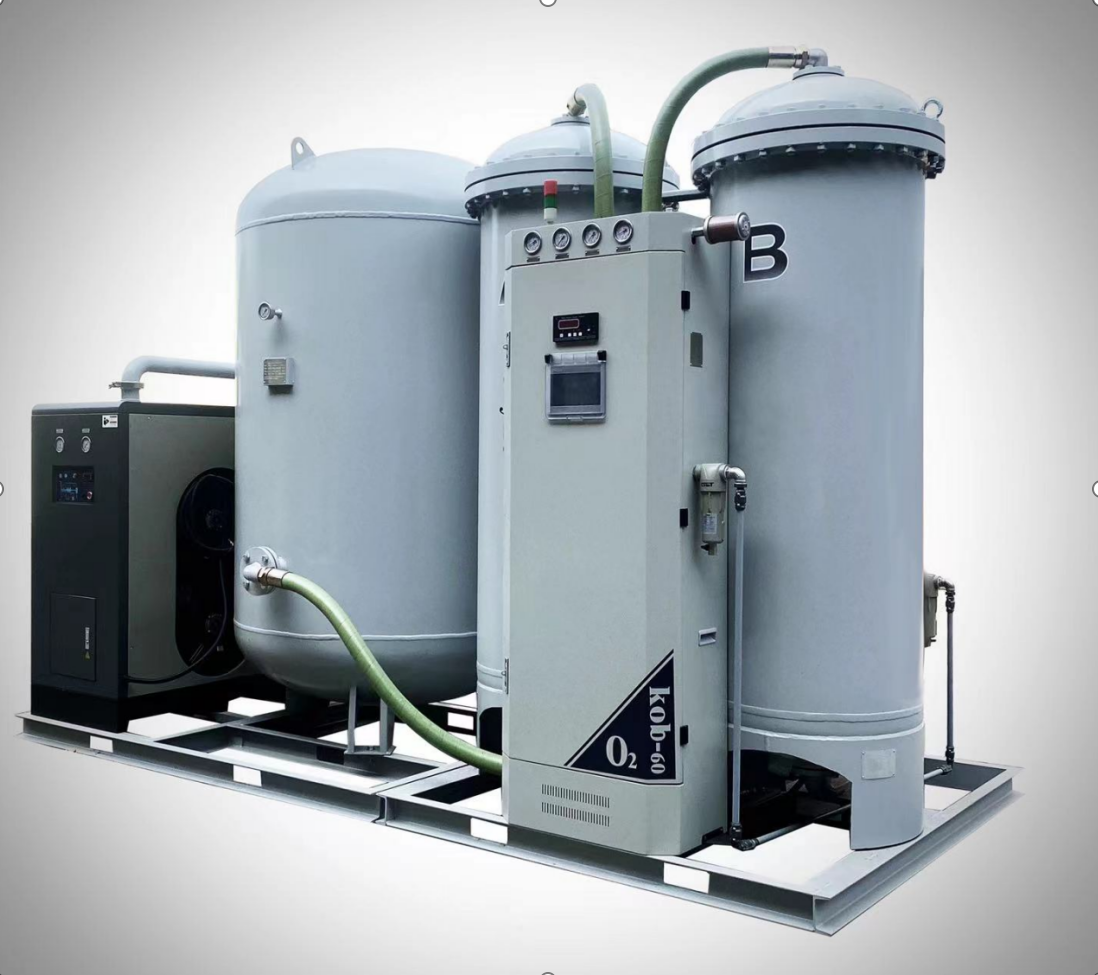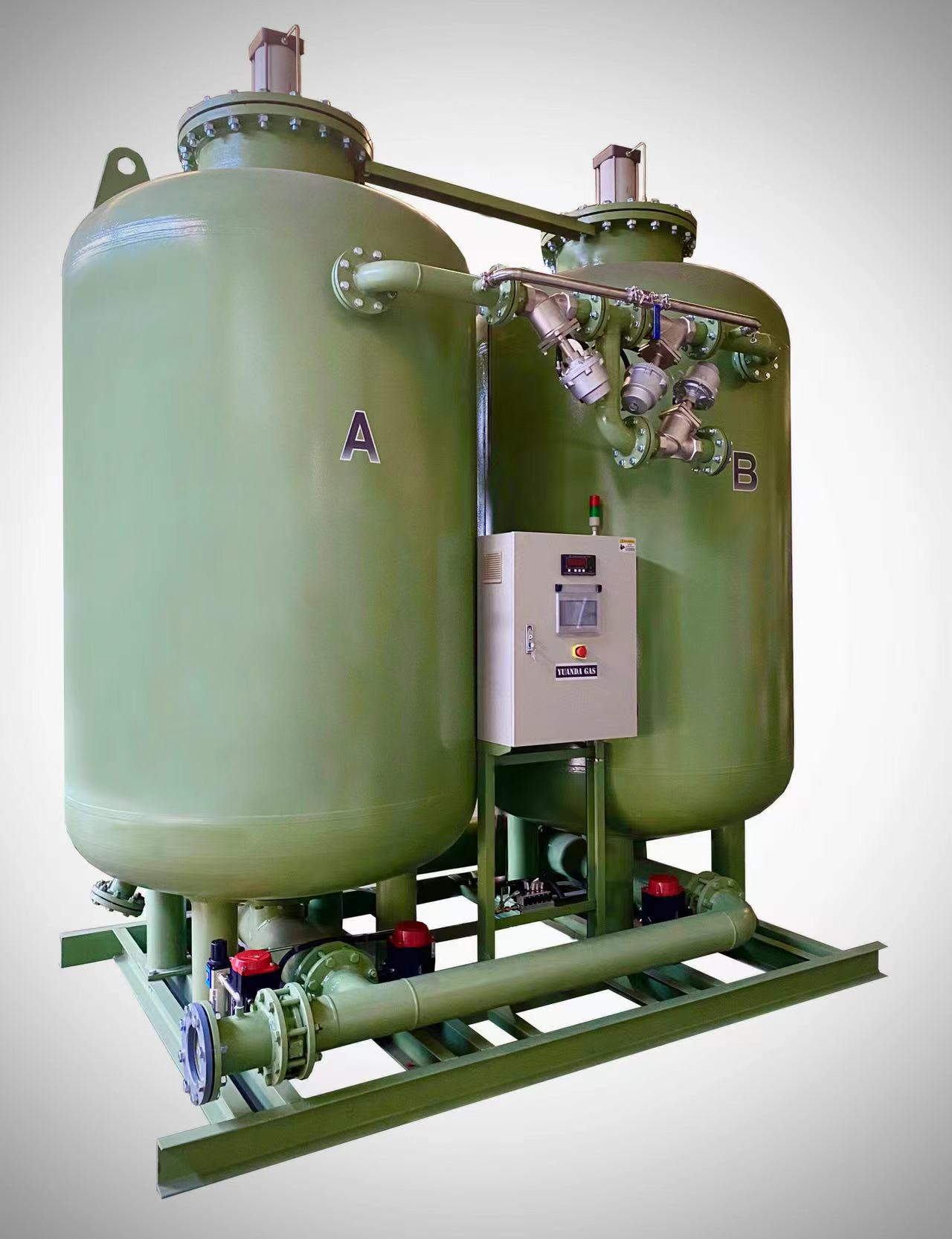አድስርሶን ኦክሴን ተመለስ መሰረት
የአድሶርፕሽን ኦክስጅን ማመንጫ ስርዓት በምርጫ አድሶርፕሽን ሂደት ከፍተኛ ንፅህና ያለው ኦክስጅን የሚያመነጭ እጅግ ዘመናዊ ቴክኖሎጂ ነው። ይህ ፈጠራ የተሞላበት ሥርዓት ኦክስጅንን ከከባቢ አየር ለመለየት ልዩ ሞለኪውላዊ ሽቦዎችን ይጠቀማል፤ ይህ ሥርዓት የሚሠራው በፕሬሽር ስዊንግ አድሶርፕሽን (PSA) መርህ ነው። ይህ ሂደት የሚጀምረው የተጨመቀ አየር ወደ ስርዓቱ ሲገባ ሲሆን የናይትሮጂን ሞለኪውሎች በሞለኪውላዊ ሽቦዎች በመመረጥ የሚዋሃዱ ሲሆን ኦክስጅን እንዲያልፍ ያስችላቸዋል ። ስርዓቱ በዑደት የሚሰራ ሲሆን አንድ ክፍል ጋዞችን በንቃት የሚለይ ሲሆን ሌላኛው ደግሞ የመሳብ አቅሙን ያድሳል ። ዘመናዊ የመሳብ ኦክስጅን ማመንጫዎች በተለምዶ ከ 90% እስከ 95% የሚደርስ ንፅህና ደረጃዎችን ያገኛሉ ፣ ይህም ለተለያዩ የኢንዱስትሪ እና የህክምና አፕሊኬሽኖች ተስማሚ ያደርገዋል ። ስርዓቱ የተራቀቁ የቁጥጥር ዘዴዎችን ያካትታል ይህም የአሠራር መለኪያዎችን ለመቆጣጠር እና ለማስተካከል የተራቀቀ የውጤት ጥራት እንዲኖር ያደርጋል ። የኤሌክትሪክ ኃይል ማመንጫዎች እነዚህ ስርዓቶች በጤና እንክብካቤ ተቋማት፣ በኢንዱስትሪ ማምረቻ፣ በውሃ ማጣሪያ ፋብሪካዎች እና አስተማማኝ የኦክስጅን አቅርቦት በሚያስፈልጋቸው ሌሎች ዘርፎች በስፋት ጥቅም ላይ ይውላሉ ። የቴክኖሎጂው የመጠን አቅም ከትንሽ የህክምና ተቋማት እስከ ትላልቅ የኢንዱስትሪ ውስብስብ ተቋማት ድረስ ያሉ ተቋማትን ያስችላል ፣ የውጤት አቅም በሰዓት ከጥቂት ኩብ ሜትር እስከ ብዙ ሺህ ኩብ ሜትር ይለያያል።


